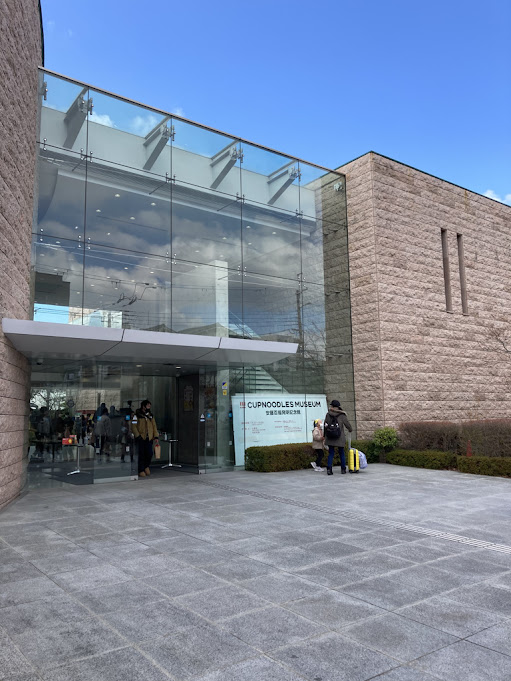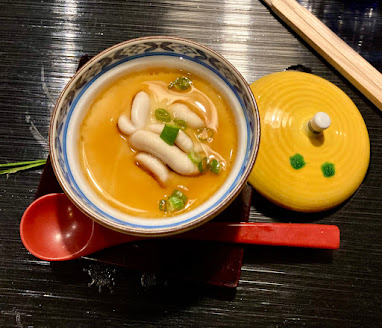Nara is AMAZING.
So...last weekend to celebrate the new year I travelled to Nara. One of Japan's most ancient capitals, established more than 1,200 years ago. During Europe's long Dark Ages, Japan was an eager young nation building huge capital cities and often governed by women Emperors.
Buddhism was still relatively new to Japan in the 700s. An Emperor Shomu decided to build an immense Buddha statue, and a hall big enough to hold it! I burned incense there during a visit with my friend and colleague, Atsushi Nobayashi, and his family.
Tōdai-ji: The great hall houses the largest bronze Buddha in the world.
In all his glory: Daibutsu is nearly 50 ft. tall-- seated! There was a special ceremony to paint his eyes, during which his powers flowed into the sculpture.
A Sacred and Natural Beauty
Nara is renowned for its intact natural landscapes. including an enormous park and a sacred forest that has not been logged, nor hunted, for more than 800 years.
The forest temple of Kasugataisha, built in 768 AD, was constructed at the order of Empress Shōtoku, an ambitious and capable ruler. It's known for thousands of stone and bronze lanterns.
Well, I don't know about you but the thought of hiking through this sacred forest, which is populated by sika deer that are tame and curious, was irresistable.
Equipped with a flask of green tea, wearing sneakers and a baseball hat, I started the climb while the morning sun slanted through the huge old trees and flakes of frost floated down...
The great trees of the sacred Kasugayama Forest, a few hundred meters in from the trailhead.
Winter Treats in Nara
I was fuelled for this hike by a beautiful meal the evening before. Atsushi, his wife Aoko, and three kids treated me to a dinner of seasonal winter foods. Symbolic traditional Japanese New Year foods are considered good for your health in the new year.
The magic of a good Japanese meal, besides its deliciousness, lies in its seasonality and freshness; the array of small and flavorful dishes coming in a sequence (instead of all heaped together); and the aesthetic beauty of the presentation. Check it out:
To open your tastebuds, pickled sweet and tangy vegetables. The root veggie has the character for 'rabbit' for the upcoming Year of the Rabbit.
Exquisite clear soup, with winter crab and thinly sliced root vegetables garnished with yuzu citron peel.
Fresh, tender sashimi (tuna, squid, and yellowtail) paired with wasabi and a tangy, spicy shiso (perilla) leaf. OMG.
Kuromame, sweet black beans with flecks of real gold leaf. Yes, you can eat it! This dish is sweet and slightly savory.
Golden shirako or cod milt soup. Like the most delicate custard. If you don't know what milt is, look it up...
Messengers of the Gods Always Have the Munchies.
On my way down the mountain, the deer were everywhere, chipper and hungry. They're friendly because they've never been harmed by humans. These little deer are messengers of the Shinto gods.
They normally graze, but you can buy deer crackers (鹿せんべい, shika senbei) which are made of rice bran and grains that are healthy and sugar free. Proceeds from the shika senbei go to habitat preservation.
鹿のおやつください?
Deer snacks, kudasai?

More deer snacks, kudasai?What do you mean, you ran out of shika senbei??
Haiku:
Small forest spirit
Peeks at me, inquisitive.
What is your message?









































